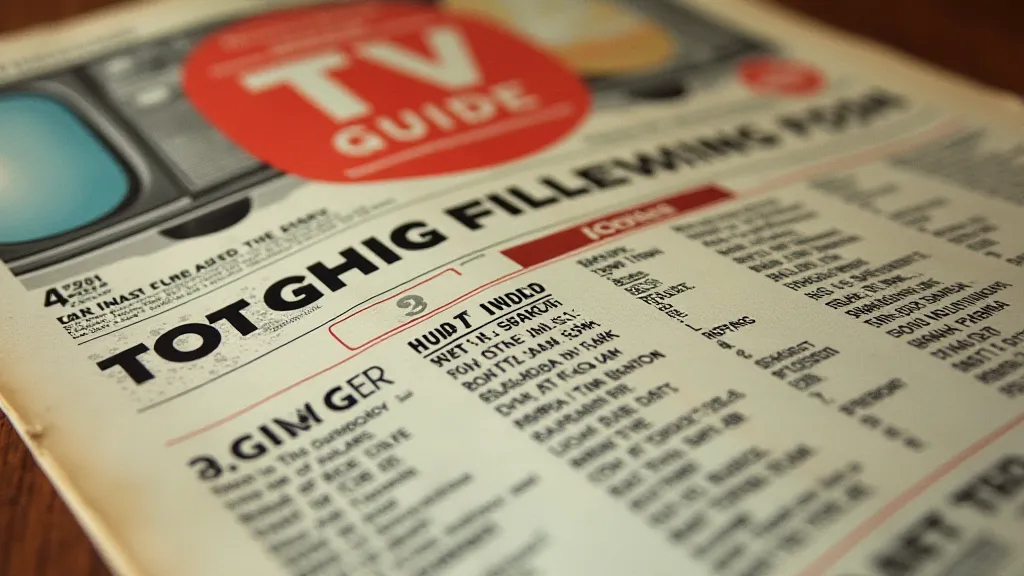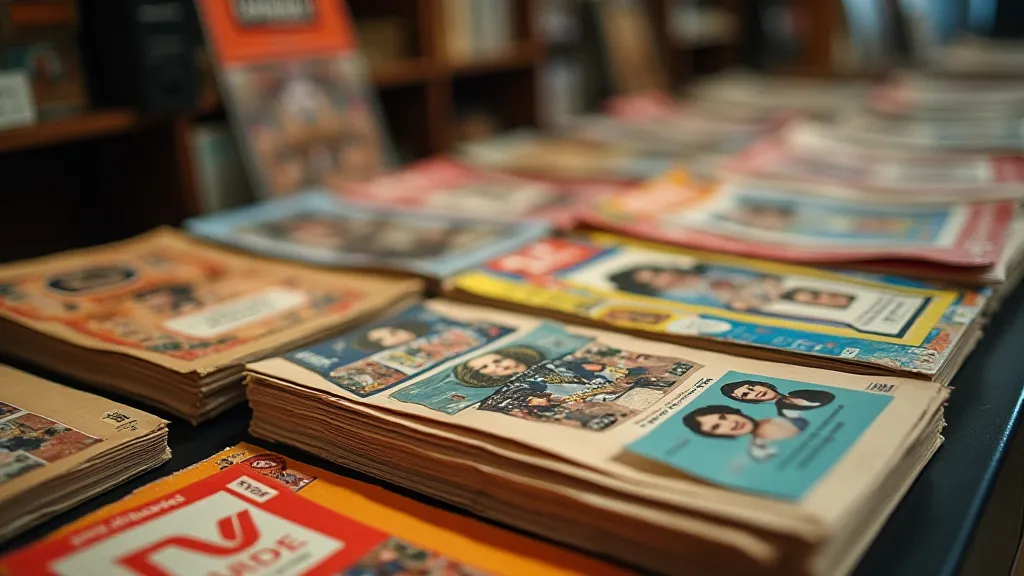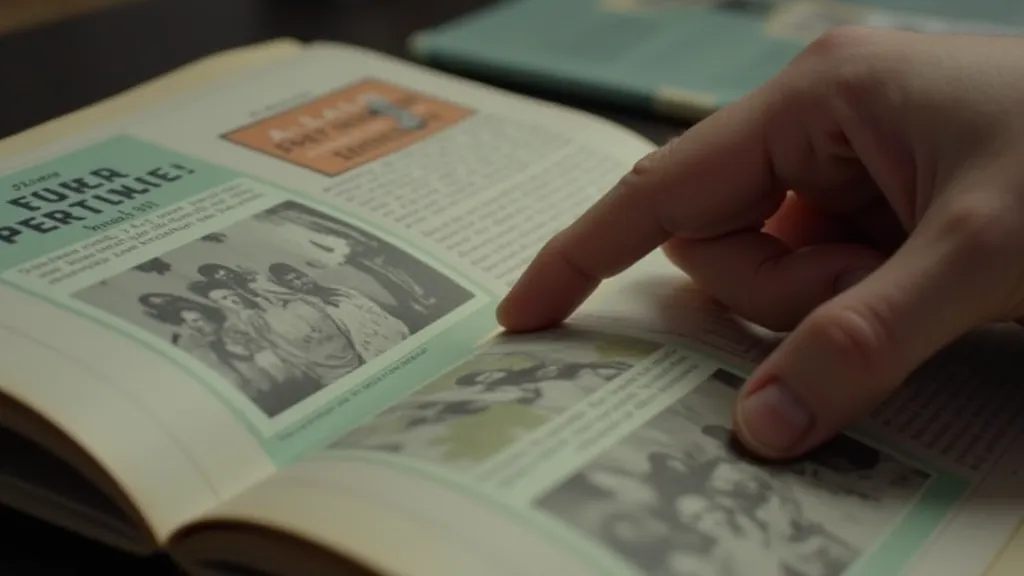The Illusion of Choice: How TV Guide Curated the Television Landscape
There’s a particular scent that clings to aged paper – a dusty, comforting aroma that transports me instantly. It’s the smell of my grandfather’s attic, and specifically, the stacks of TV Guide magazines he’s hoarded for decades. He wasn’t just collecting magazines; he was preserving an era, a feeling, a curated reality. And the fascinating truth is, that curated reality, delivered weekly into millions of American homes, profoundly shaped how we perceived television and its potential.
Before streaming algorithms and on-demand options, before cable brought a thousand channels, TV Guide reigned supreme. It wasn’t simply a listing of programs; it was a window, a gatekeeper, a cultural arbiter. Imagine a world without the endless scroll, where your entertainment choices were filtered, presented, and packaged by a single, powerful source. That was the world of the pre-1970s, and TV Guide was its architect. Holding one of these vintage copies – the thick, glossy paper, the bold colors, the slightly faded ink – it feels like holding a small, tangible piece of history. The craftsmanship alone is remarkable; the printing techniques, the layout design...it speaks to a time when quality and longevity were prioritized. It’s akin to admiring a beautifully restored antique accordion; you see not just the instrument, but the skill and care that went into its creation.

The Power of Presentation: More Than Just Listings
Let's be clear: TV Guide didn't just list shows. It presented them. The cover photo alone was a powerful tool. Choosing which stars to feature – often based on perceived popularity and current storylines – TV Guide effectively dictated which shows were considered “important.” Think about it: a prominent cover for “The Twilight Zone” signaled that this wasn't just sci-fi fluff; it was thought-provoking entertainment. The editorial content, including reviews, star profiles, and "what's on" summaries, further shaped public opinion. These weren’t objective assessments; they were opinions, curated to reinforce or occasionally challenge the prevailing cultural narrative. Consider the limited number of minority actors who regularly graced the covers – a reflection of the social biases of the time, subtly reinforced by the magazine’s choices.
The layout itself was a subtle form of control. The placement of shows, the prominence given to certain network logos, the order in which genres were presented – all contributed to a carefully constructed illusion of choice. A show that might have been genuinely innovative or groundbreaking could be buried amongst less impressive fare, effectively diminishing its reach. Conversely, a formulaic, but popular show could be elevated through strategic placement and enthusiastic previews. The design choices reflected a broader understanding of how to influence public perception, a deliberate strategy to steer viewing habits across the nation. Examining the evolution of these design elements over the decades reveals a fascinating story of branding and influence; it’s a subject beautifully explored in The Typographer's Legacy: Examining the Font Evolution in TV Guide Branding Over Decades.
The Subscription History & The Rise of a Cultural Institution
The history of TV Guide is fascinating in itself. Originally launched in 1948 as a regional publication in Akron, Ohio, it quickly expanded nationwide. Its early success wasn’t guaranteed. Radio had a head start in entertainment delivery, and the nascent television industry was still finding its footing. However, the magazine's ability to consolidate information and present it in a digestible format proved invaluable. By the 1950s and 1960s, it had become a household staple, with subscription numbers reaching staggering heights. The magazine’s influence extended beyond television; it impacted fashion, language, and social trends. The term "binge-watching" might be a modern invention, but the desire to consume a week’s worth of entertainment at once was clearly present, evidenced by the ritualistic flipping through of the magazine on Sunday evenings.
The sheer scale of the magazine’s success is difficult to grasp today, when entertainment options seem limitless. It's easy to forget that, for a significant portion of the 20th century, TV Guide wasn't just a publication; it was the primary mechanism for understanding what was on television. This power shaped not only viewing habits but also the broader cultural landscape. The way the magazine mapped out the nation’s television experience created a predictable rhythm to weekly entertainment, and understanding how these habits were established provides crucial insight into the evolution of media influence. To truly appreciate this, consider how TV Guide influenced where and how people viewed television—a compelling narrative explored in The Cartographer of Dreams: How TV Guide Shaped National Viewing Habits.
Identifying Rarity and Understanding Value
For collectors, pre-1970s TV Guide magazines offer a unique and often surprising investment opportunity. Certain issues are significantly rarer than others, commanding high prices on the collector’s market. The scarcity is often tied to specific events – a major network strike, a particularly popular show debuting, or a printing error. Identifying these rarities requires a combination of research and knowledge of the magazine’s production history. Early issues, particularly those from the 1950s, are generally more valuable due to their limited print runs and the historical significance of the programming they feature.
Condition is paramount. A pristine copy, free from tears, folds, and discoloration, will always command a higher price than a well-worn example. Restoration is a contentious issue in the collecting world. While minor cleaning and stabilization may be acceptable, significant alterations can dramatically decrease a magazine’s value. Authenticity is also crucial. Forgeries do exist, particularly of highly sought-after issues, so careful examination and expert advice are essential. Examining the paper type, the printing techniques, and the typography can offer clues about a magazine’s genuineness. The fluctuating market for these collectibles reflects a complex interplay of nostalgia, historical significance, and scarcity; you can learn more about this in The Price of Nostalgia: A Collector’s Perspective on the Fluctuating Market for Vintage TV Guides.

The Enduring Legacy: A Window into a Bygone Era
More than just paper and ink, vintage TV Guide magazines offer a tangible link to a simpler time, a time when entertainment was more curated, more focused, and perhaps, in some ways, more communal. They represent a fascinating case study in the power of media influence and the construction of cultural narratives. They also offer a fascinating reflection of the craftsmanship and artistry that characterized the mid-20th century.

The curated nature of television programming during this era had a profound impact on society. While we now enjoy a vast array of options, the structured experience offered by TV Guide fostered a shared cultural understanding and a sense of collective viewing. It's worth pondering whether this curated environment, despite its limitations, fostered a deeper engagement with the programming itself. Perhaps, without the endless scroll, audiences were more likely to fully appreciate the narratives and artistry on display.
As we navigate the overwhelming choices of the digital age, taking a moment to appreciate these relics of a curated past – these carefully constructed illusions of choice – can offer a unique and valuable perspective. It’s a reminder that the entertainment we consume isn't simply delivered to us; it's shaped, filtered, and presented, often with a deliberate agenda. And holding one of these vintage TV Guide magazines is like holding a key to understanding that process – a window into a bygone era, and a potent reminder of the power of media. The insights offered by these magazines extend far beyond simple entertainment guides, providing a fascinating glimpse into the social and cultural dynamics of a pivotal period in American history.





